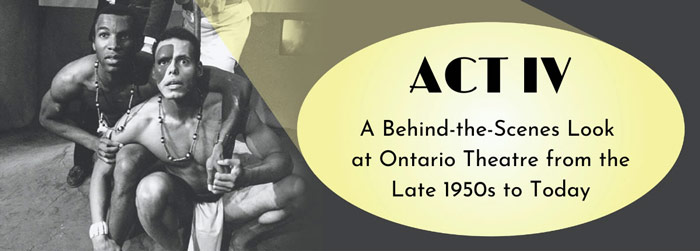
Previous | Exhibit Home | Next
Ontario’s theatre scene grew considerably in the latter half of the twentieth century and into the twenty-first century. Diversity and contrasts characterized these decades: blockbuster musicals and touring circuits expanded amidst community-based, alternative theatre, and a distinctly Canadian voice grew out of the plurality of voices that flourished in theatres geared towards specific cultural and minority groups. This eclectic period in Ontario’s theatre history reveals how the dramatic arts have earned their lasting place in the spotlight.
Attracting Audiences: Toronto’s O’Keefe Centre
Construction of the O’Keefe Centre (now Meridian Hall) in Toronto in the late 1950s had a huge impact on the city’s cultural scene and helped to revive theatre-going at a time when the widespread popularity of television made attending live performances less common. Pre-Broadway tryouts at the O’Keefe quickly brought Toronto into the big leagues of show business, and its international stars attracted audiences to an extent that had not been seen since the days of vaudeville.
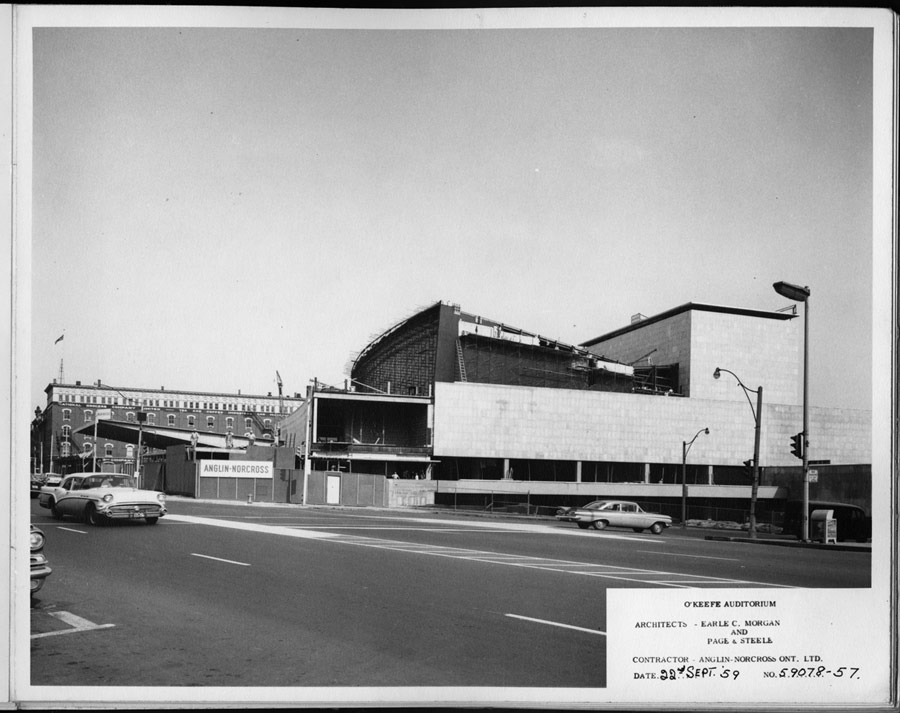
Click to see a larger image
Construction of the O’Keefe Centre, designed by Earle C. Morgan and Page & Steele Architects and built by Anglin-Norcross Ontario Ltd., September 22, 1959
Page & Steele Architects project files for the O'Keefe Centre, Toronto
C 20-24, no. 59078-57
Archives of Ontario, I0055082
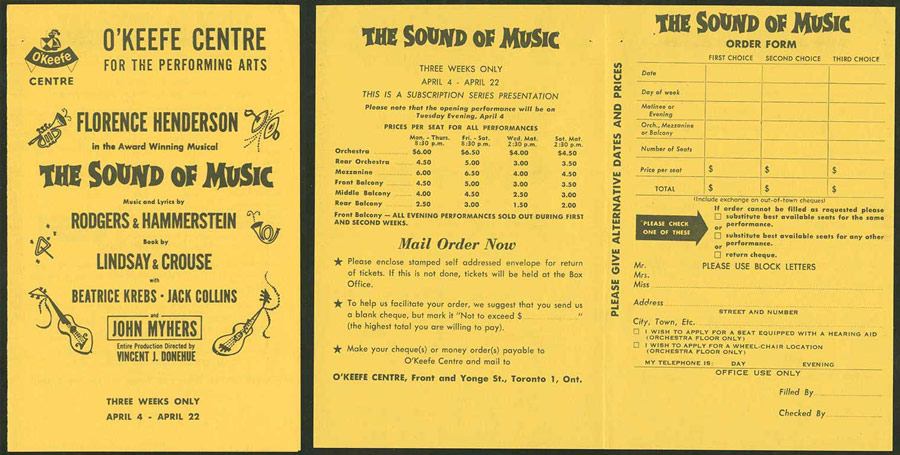
Click to see a larger image
Ticket mail-order form for The Sound of Music at the O’Keefe Centre, Toronto, Ontario, 1961-1963
Correspondence of the Minister of Tourism and Information
RG 5-4
Archives of Ontario, I0074045 & I0074046
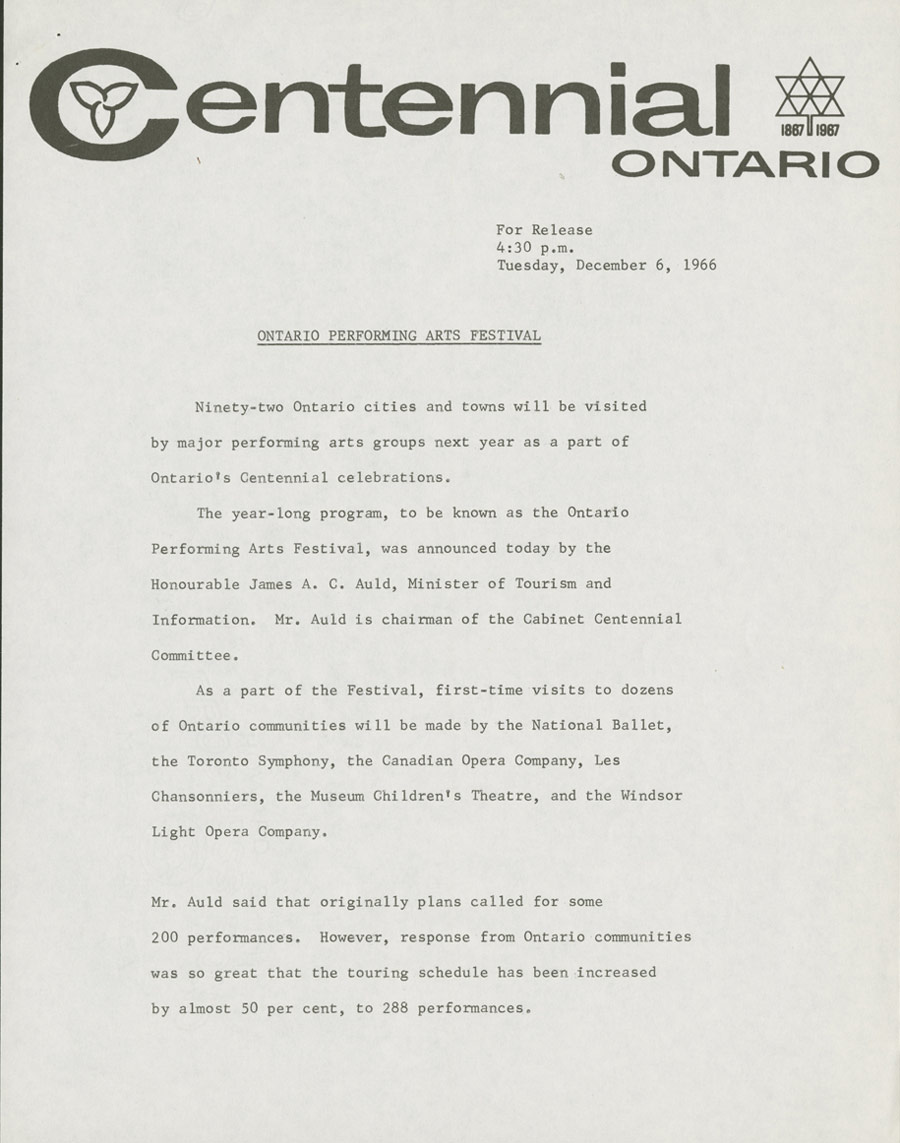
Click to see a larger image
Ontario Performing Arts Festival news release, December 6, 1966
Project files of the Centennial Planning Branch
– Performing Arts: Miscellaneous, 1966-1967
RG 5-52
Archives of Ontario, I0074048-I0074051
[Page 1]
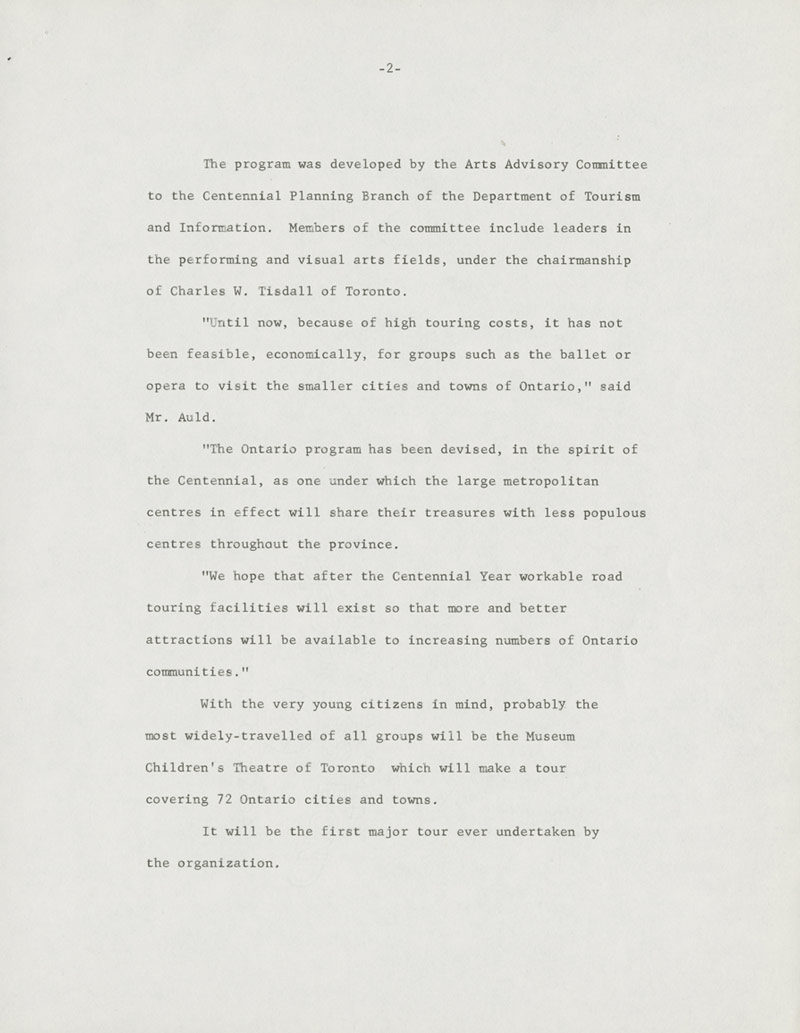
Click to see a larger image
Ontario Performing Arts Festival news release, December 6, 1966
Project files of the Centennial Planning Branch
– Performing Arts: Miscellaneous, 1966-1967
RG 5-52
Archives of Ontario, I0074048-I0074051
[Page 2]

Click to see a larger image
Ontario Performing Arts Festival news release, December 6, 1966
Project files of the Centennial Planning Branch
- Performing Arts: Miscellaneous, 1966-1967
RG 5-52
Archives of Ontario, I0074048-I0074051
[Page 3]
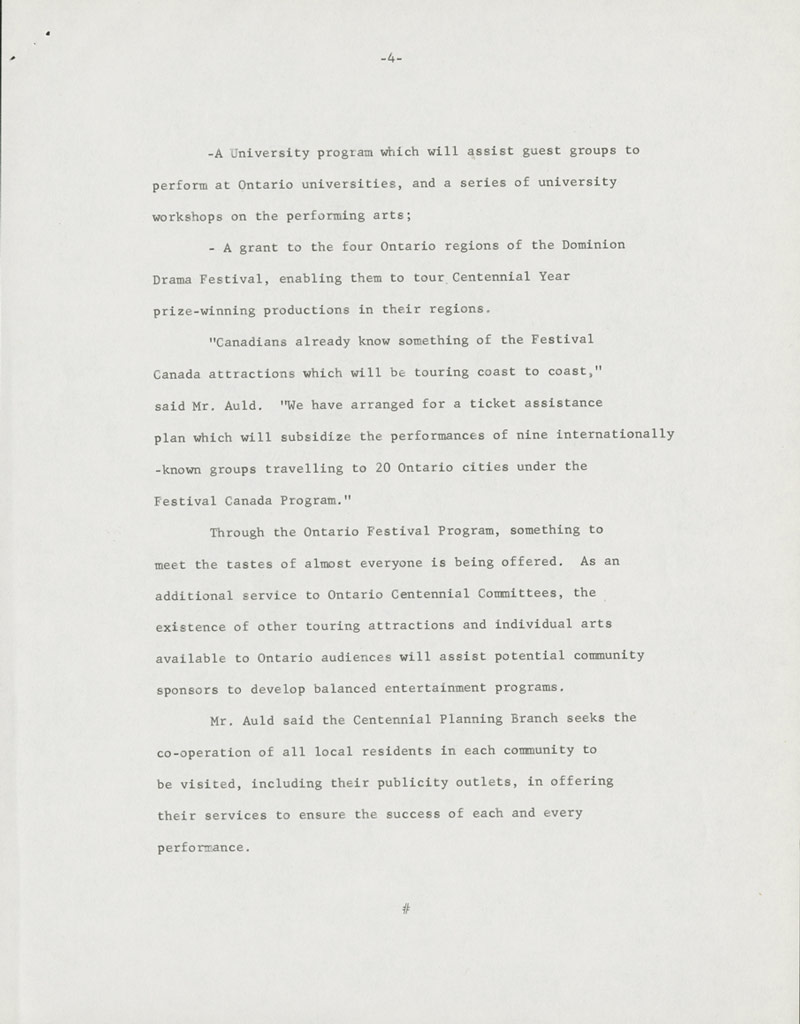
Click to see a larger image
Ontario Performing Arts Festival news release, December 6, 1966
Project files of the Centennial Planning Branch
- Performing Arts: Miscellaneous, 1966-1967
RG 5-52
Archives of Ontario, I0074048-I0074051
[Page 4]
Cultivating Canadian Cultural Identity
Canada's Centennial in 1967 prompted an interest in developing the country’s cultural identity. This heightened nationalism extended into the theatre sphere with the Performing Arts Festival—a year-long program for the Centennial in which performing arts groups visited 92 cities and towns across Ontario. Many of the productions were written by and featured Canadian artists. The response from Ontario communities was so great that the touring schedule was increased from approximately 200 performances to 288.
Acting Goes Alternative
Alternative theatre came to the fore in the countercultural 1960s in response to the mainstream, professional theatre flourishing in Stratford, and the American and British touring shows popular at Toronto’s Royal Alexandra Theatre and O’Keefe Centre. The Awkward Stage—the Ontario Theatre Study report commissioned by the Canada Council and the Province of Ontario Council of the Arts in 1969—concluded that the province needed to do more to support aspiring arts professionals and demonstrate theatre’s merits and potential. These conditions promoted a new theatrical direction and enabled alternative theatres, such as Toronto Workshop Productions, Theatre Passe Muraille, Factory Theatre Lab, and Tarragon Theatre, to rise to prominence.
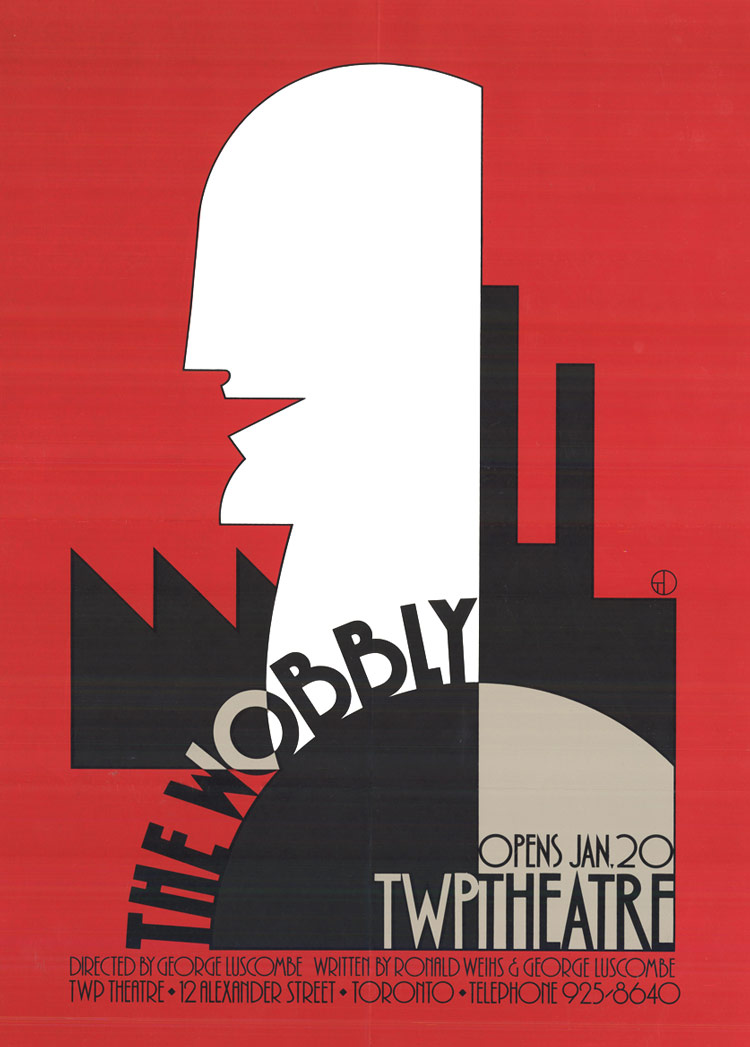
Click to see a larger image
Poster for The Wobbly by Toronto Workshop Productions, [1983]
Ontario Federation of Labour fonds
F 4180-9
Archives of Ontario, I0056345
Toronto Workshop Productions (TWP), founded in 1959 under artistic director George Luscombe, was one of the first alternative theatres in Ontario. TWP’s use of collective creation—the process by which a group of theatre artists works together to produce a script—set the stage for other alternative theatres in the years to follow.
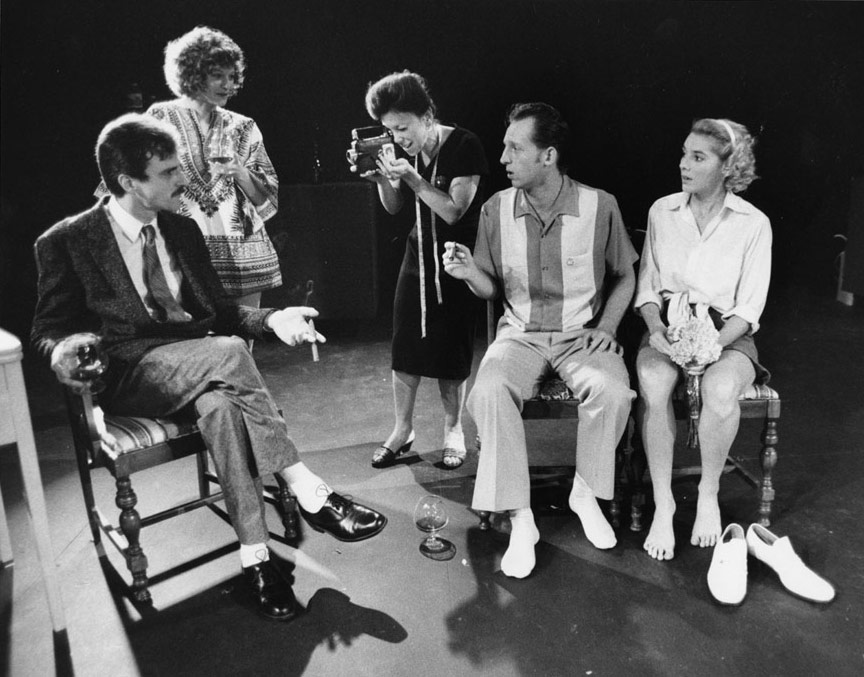
Click to see a larger image
Scene from Clutching the Heat, Theatre Passe Muraille, Toronto, Ontario, October 4, 1990
Photographer: Fred Lum
The Globe and Mail fonds
F 4695-3
Archives of Ontario, I0055098
Founded in Toronto in 1968, Theatre Passe Muraille (meaning “theatre beyond walls”) is renowned for breaking down barriers between the audience and performers.
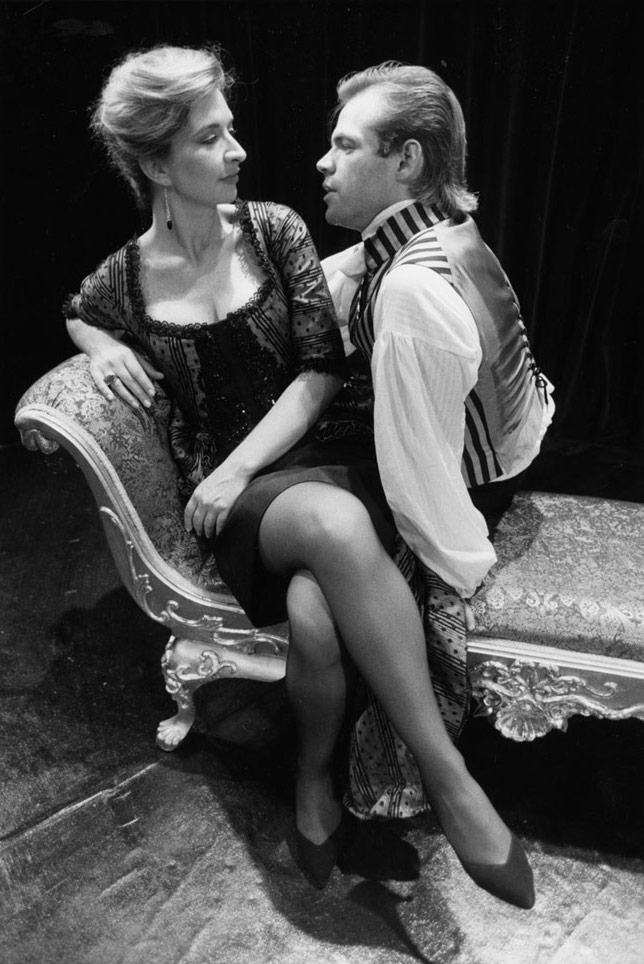
Click to see a larger image
Scene from Les Liaisons Dangereuses at Factory Theatre, Toronto, Ontario, 1991
Photographer: Fred Lum
The Globe and Mail fonds
F 4695-3
Archives of Ontario, I0055085
Launched in 1970, Toronto's Factory Theatre Lab (now Factory Theatre) was the first English-language theatre in Canada to exclusively produce Canadian plays.
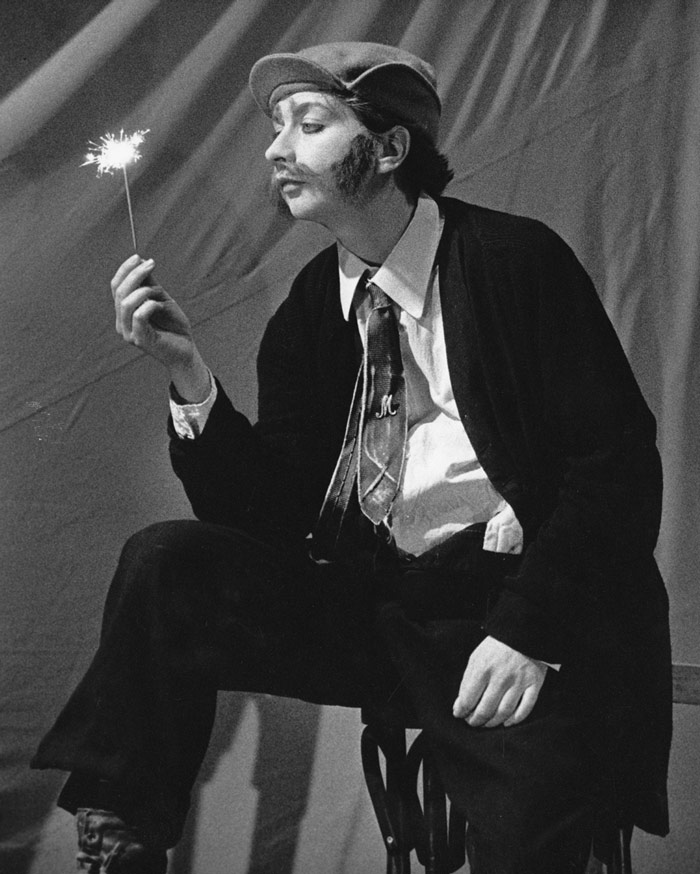
Click to see a larger image
Tanja Jacobs in The Man I Love, by Manfred Karge, at Tarragon Theatre, Toronto, Ontario, 1989
The Globe and Mail fonds
F 4695-3
Archives of Ontario, I0055095
Tarragon Theatre, founded in Toronto in 1970, is one of the leading theatres for premiering new work by Canadian playwrights.
Drama Develops its Diversity
With more immigrants coming to Ontario in the postwar era, the province saw the proliferation of theatre companies representing various cultural communities. One example is the Hungarian Art Theatre (first called the Toronto Comedy Theatre), established by Sándor Kertész in the late 1950s. This trend continued in the final decades of the twentieth century as performing arts organizations worked to recognize the richness and complexity of Ontario theatre and the artistic talents of numerous minority groups.
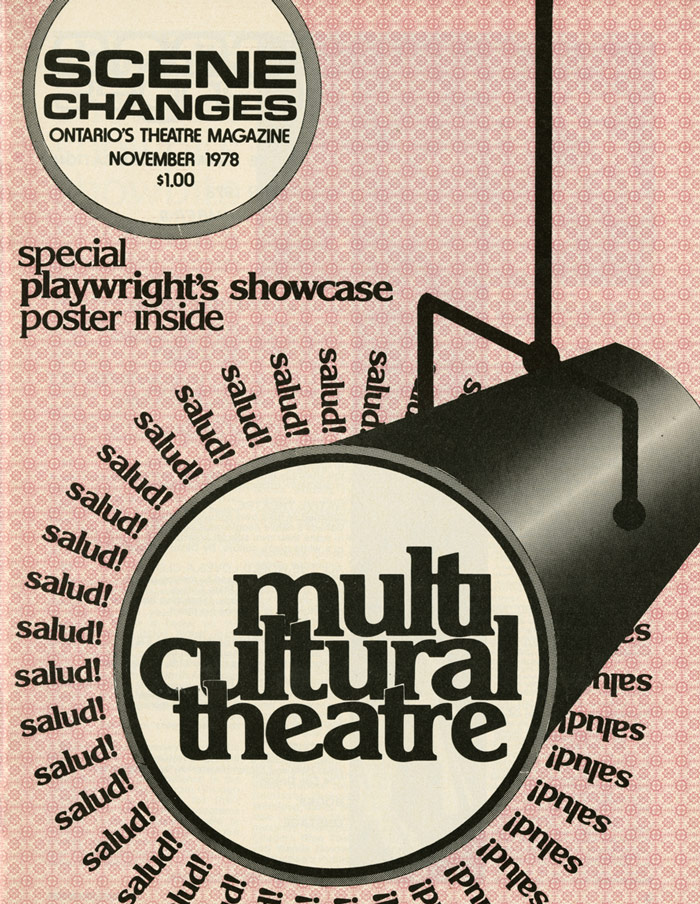
Click to see a larger image
Cover of Scene Changes: Ontario’s Theatre Magazine, Volume 6, Number 9, November 1978
Theatre Ontario fonds
F 1156-20
Archives of Ontario, I0074061
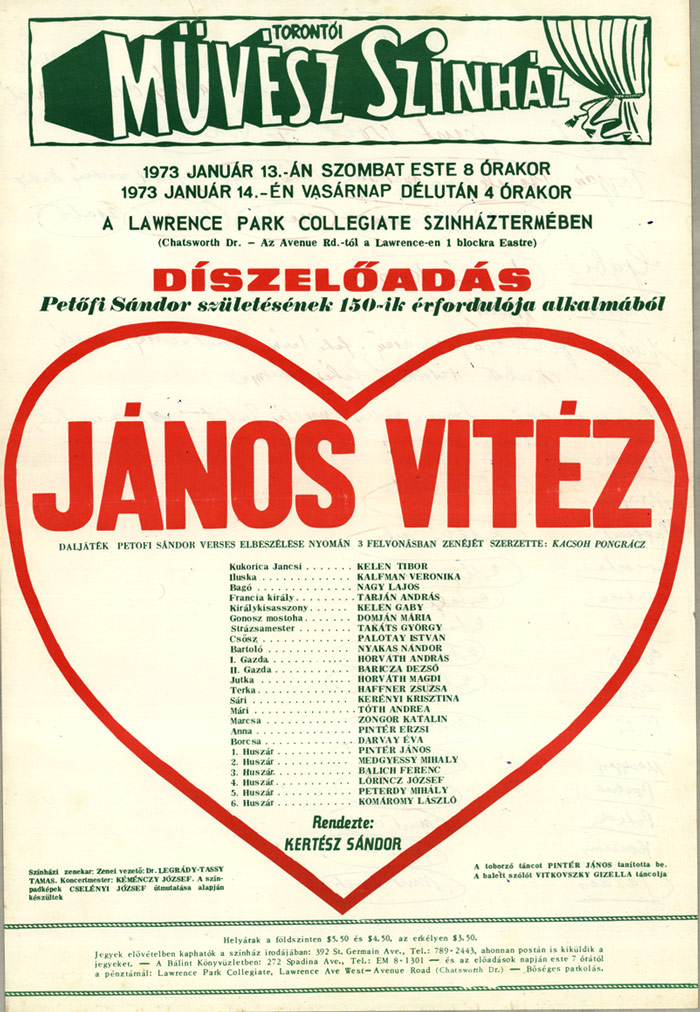
Click to see a larger image
Poster for the musical János Vitéz by the Hungarian Art Theatre, Lawrence Park Collegiate, Toronto, Ontario, January 1973
Sandor Kertesz fonds
F 4149-3-0-36
Archives of Ontario, I0056346
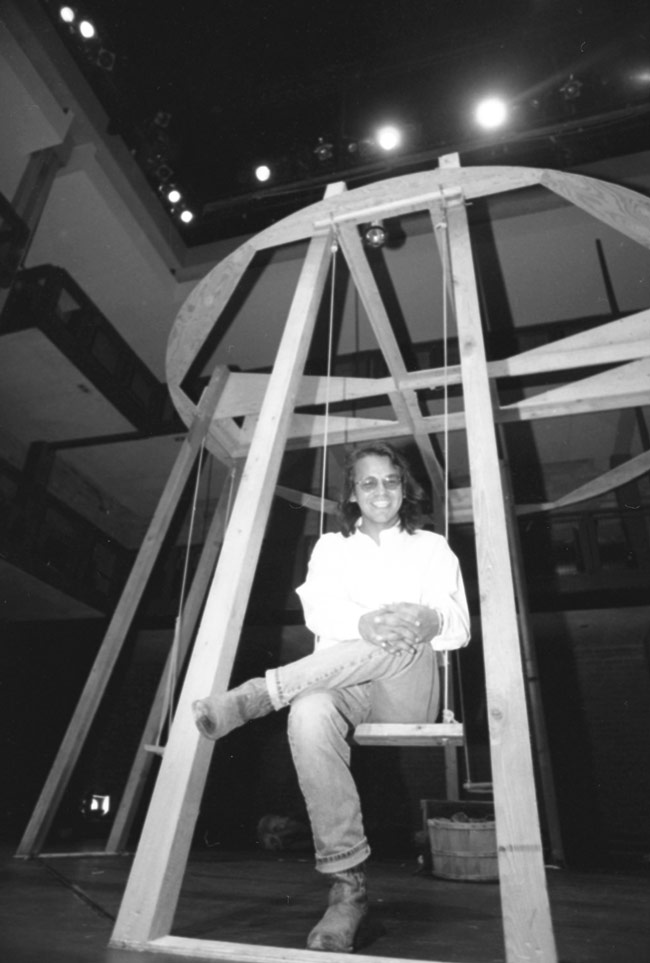
Click to see a larger image
Floyd Favel posing on the set for The Incredible Joy of Being Herd—a production of the Native Theatre School—at the Du Maurier Theatre at Harbourfront, Toronto, Ontario, August 21, 1992
Photographer: Roger Hallett
The Globe and Mail fonds
F 4695
Archives of Ontario, I0055081
The Native Theatre School (now the Centre for Indigenous Theatre) expanded professional development opportunities for Indigenous theatre artists when it was established in 1974 under the artistic direction of Floyd Favel and Monique Mojica. The institution continues to develop Indigenous performance culture in Ontario.
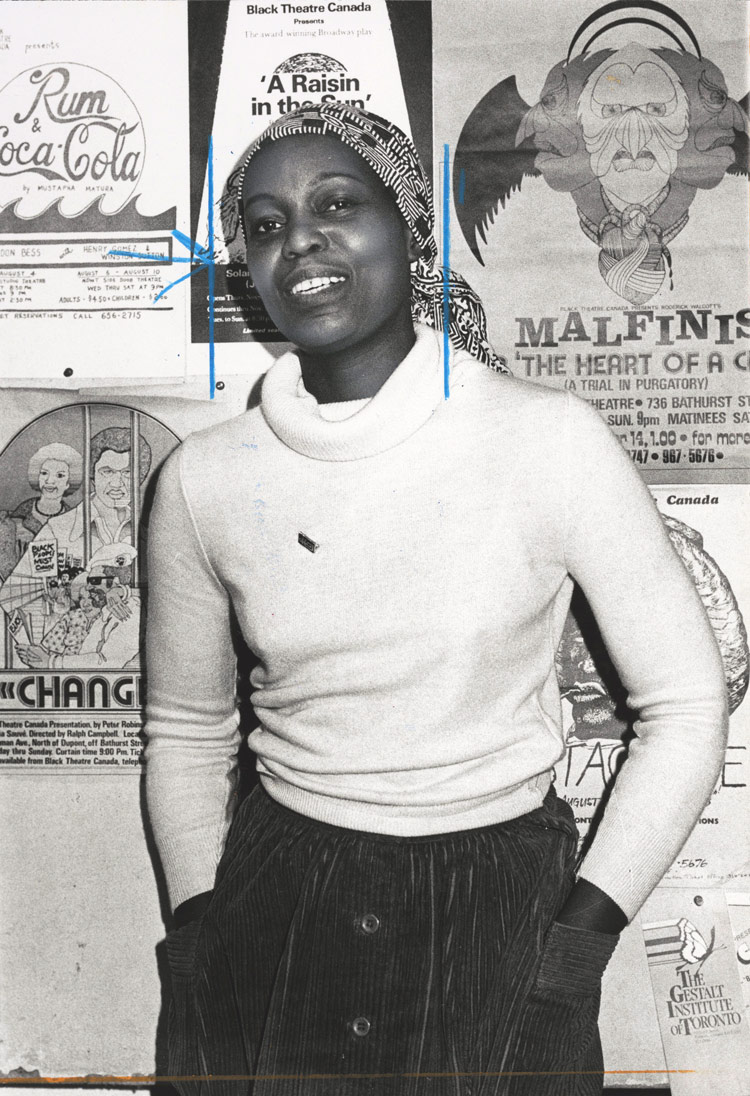
Click to see a larger image
Vera Cudjoe, founder of Black Theatre Canada in Toronto, Ontario, January 6, 1981
Photographer: Tibor Kolley
The Globe and Mail fonds
F 4695-1
Archives of Ontario, HPA033537A
Trinidadian-Canadian actress, producer, and educator Vera Cudjoe founded Black Theatre Canada in 1973. Operating until 1988, it fostered Black performance and expression in Toronto and nurtured a new generation of Black artists.
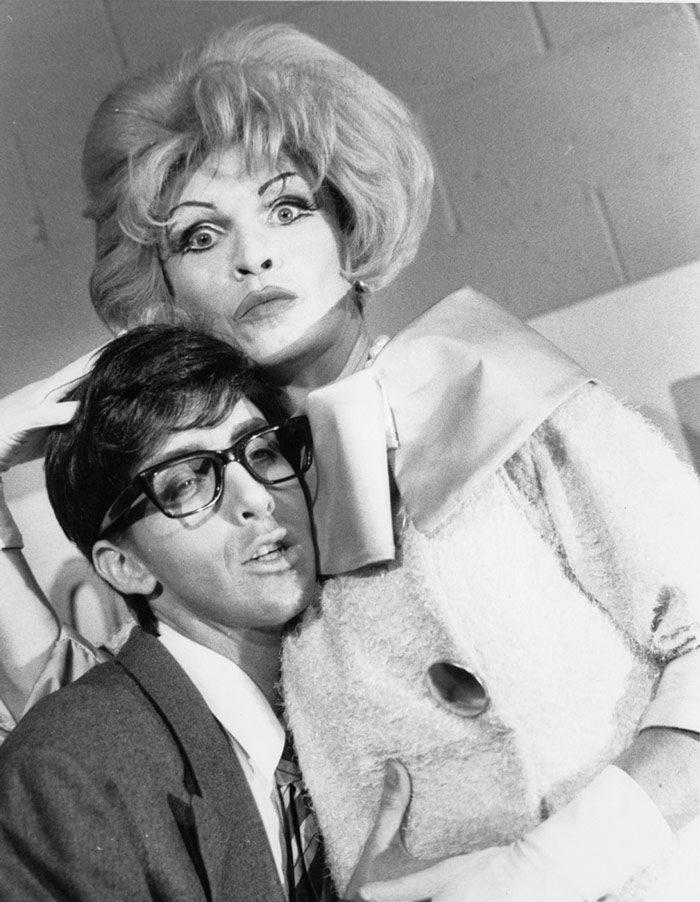
Click to see a larger image
Ken McDougall as Suzie Goo and Ellen-Ray Hennessy as Martin Finway in Suzie Goo: Private Secretary, written and directed by Sky Gilbert, Buddies in Bad Times Theatre, Toronto, Ontario, [1991]
The Globe and Mail fonds
F 4695-3
Archives of Ontario, I0055097
Buddies in Bad Times Theatre was founded in 1978 to encourage queer theatrical expression by developing and presenting voices that question sexual and cultural norms.
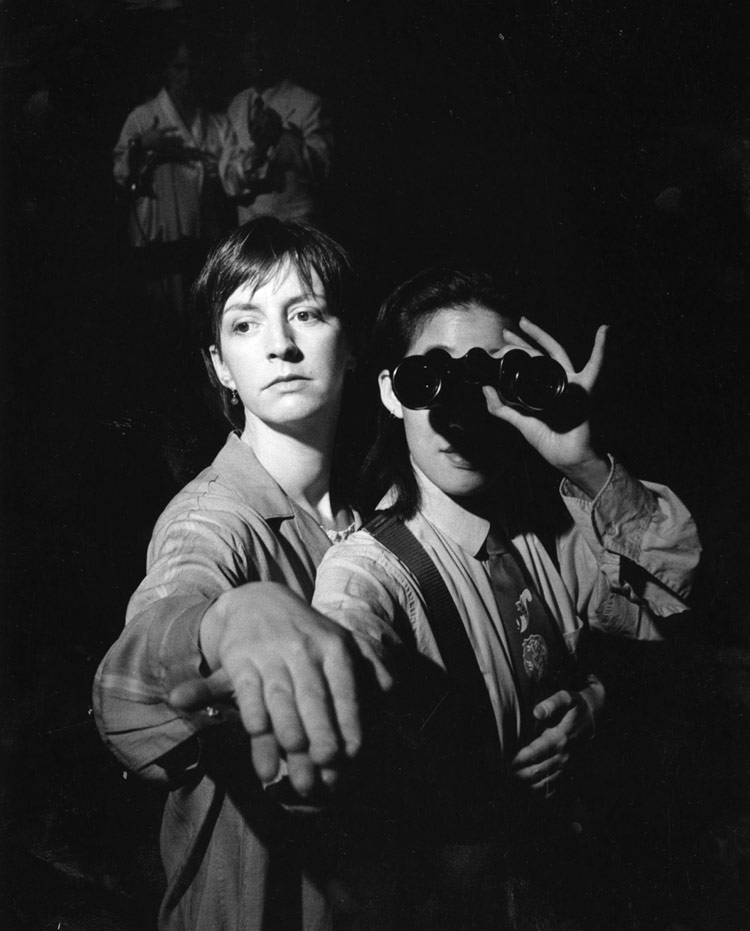
Click to see a larger image
Susan Coyne (left) and Sandra Oh in Wearing the Bone, written and directed by Alisa Palmer, Nightwood Theatre, Toronto, Ontario, [1994]
The Globe and Mail fonds
F 4695-3
Archives of Ontario, I0055099
Nightwood Theatre, founded in Toronto in 1979, is the oldest professional women's theatre company in Canada. It continues to support the creation of original plays written and directed by women.
Propping Up Theatre in Ontario
The emergence of new theatre companies in the final decades of the twentieth century went hand in hand with new educational programs and government support for the performing arts.Post-secondary courses in theatre expanded professional training, and organizations such as Theatre Ontario supported the dramatic arts through instructional programs and funding opportunities.
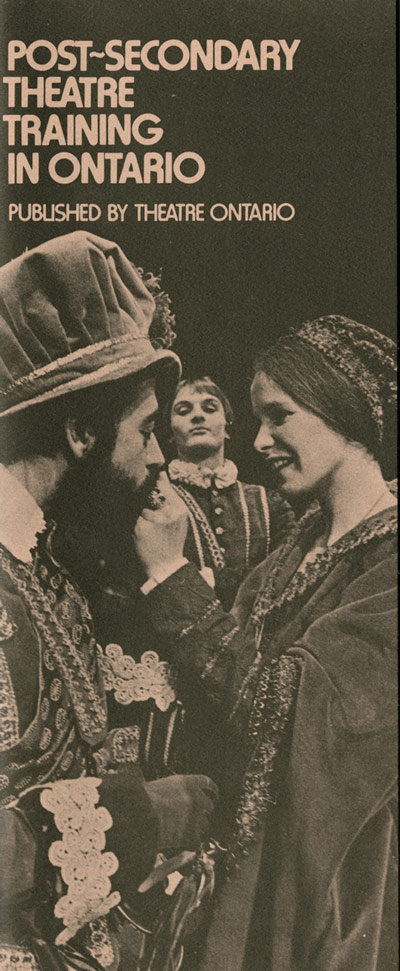
Click to see a larger image
Cover of Post-Secondary Theatre Training in Ontario brochure, published by Theatre Ontario, March 1978
Theatre Ontario fonds
F 1156-20
Archives of Ontario, I0074063
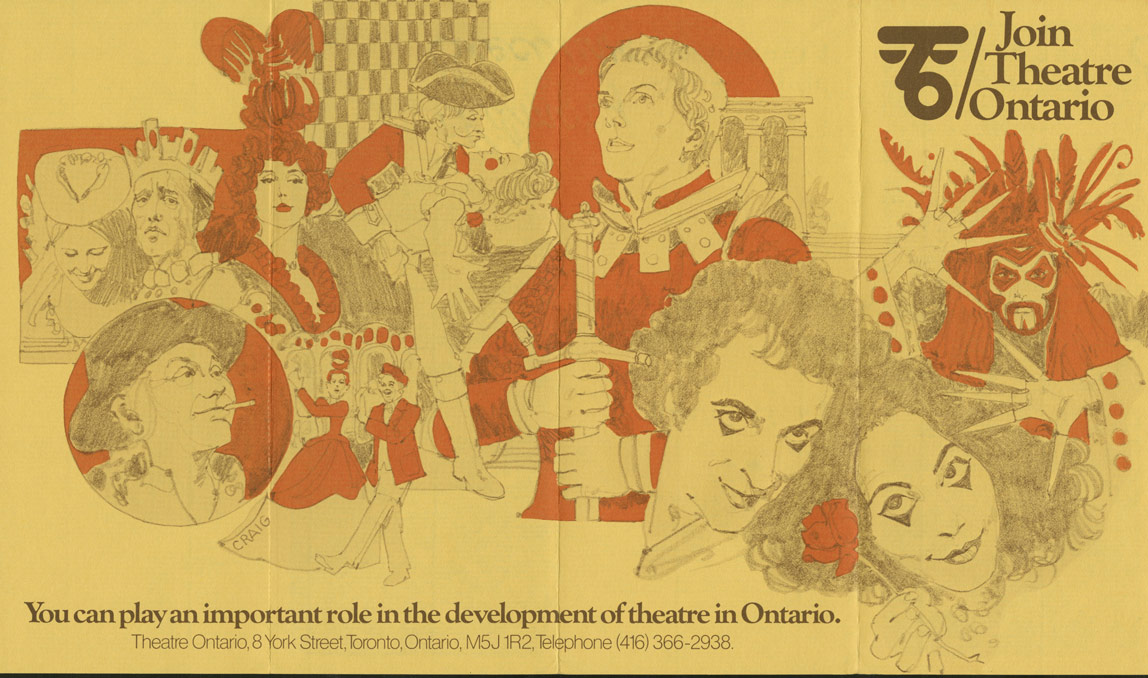
Click to see a larger image
Join Theatre Ontario brochure, [197-]
Theatre Ontario fonds
F 1156-20
Archives of Ontario, I0074062
Theatre’s Encore
The success of blockbuster musicals, heralded by the production of CATS at Toronto’s Elgin Theatre in 1985, is one of the many factors contributing to live theatre’s renaissance today. These spectacles remind people of the magic of live theatre and its ability to bring people together to enjoy a shared experience in an age when art is often consumed via a computer or mobile device. As an art form rooted in human experience, theatre is uniquely positioned to teach, provoke, inspire, affect, and entertain—qualities that contribute to the performing arts’ enduring importance and relevance in Ontario and worldwide.
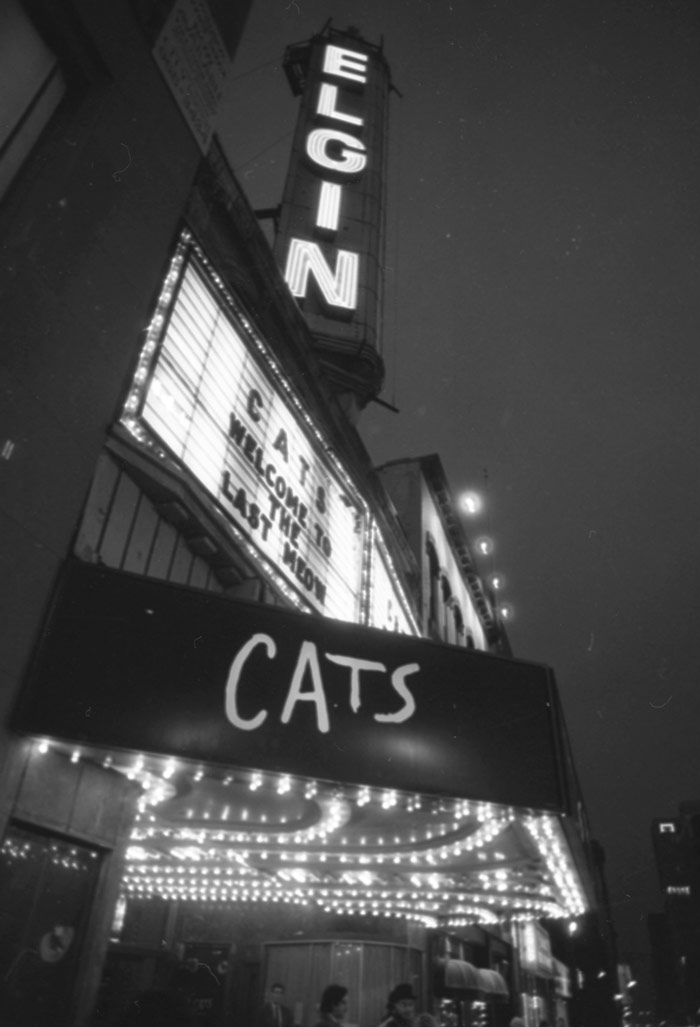
Click to see a larger image
Marquee at Elgin Theatre for CATS' last performance, Toronto, Ontario, March 14, 1987
Photographer: Jeff Wasserman
The Globe and Mail fonds
F 4695
Archives of Ontario, I0055078
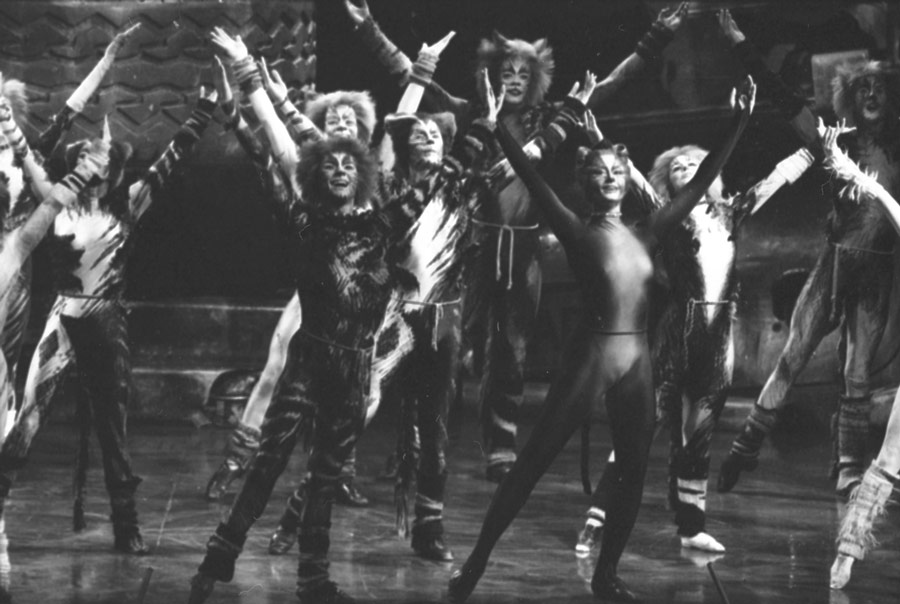
Click to see a larger image
CATS' last performance, Elgin Theatre, Toronto, Ontario, March 14, 1987
Photographer: Jeff Wasserman
The Globe and Mail fonds
F 4695
Archives of Ontario, I0055079
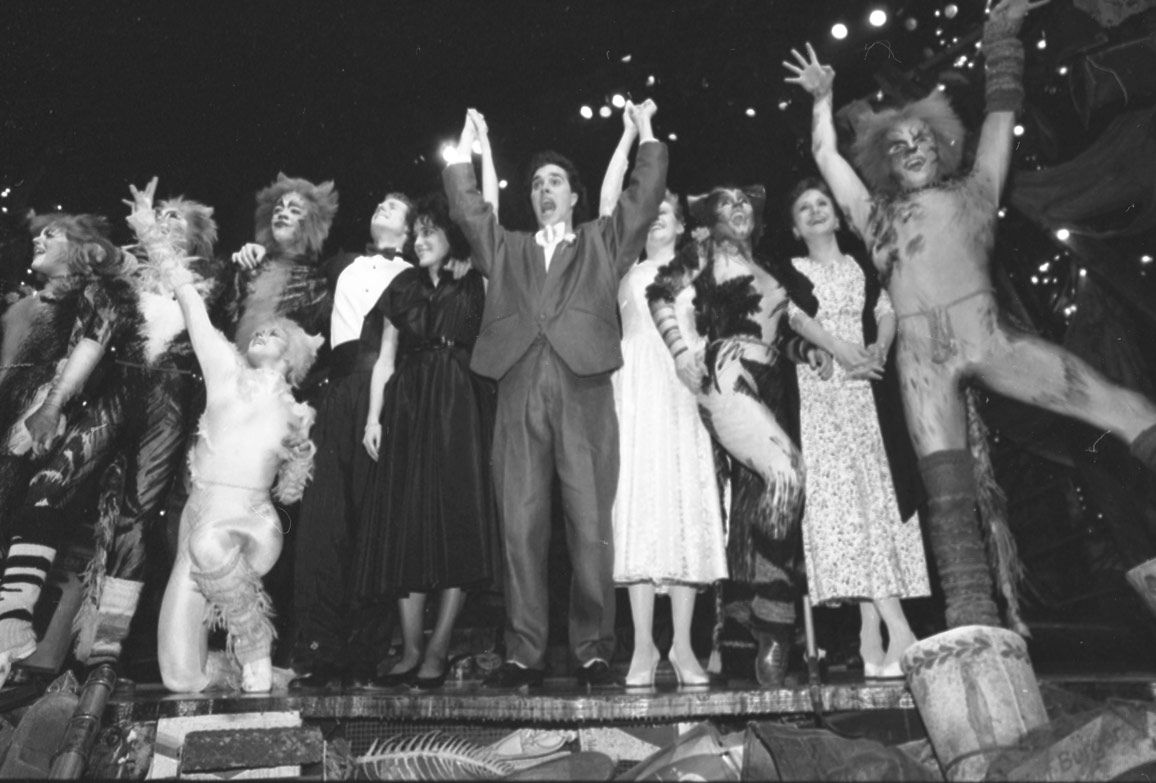
Click to see a larger image
Curtain call for CATS' last performance, Elgin Theatre, Toronto, Ontario, March 14, 1987
Photographer: Jeff Wasserman
The Globe and Mail fonds
F 4695
Archives of Ontario, I0055080
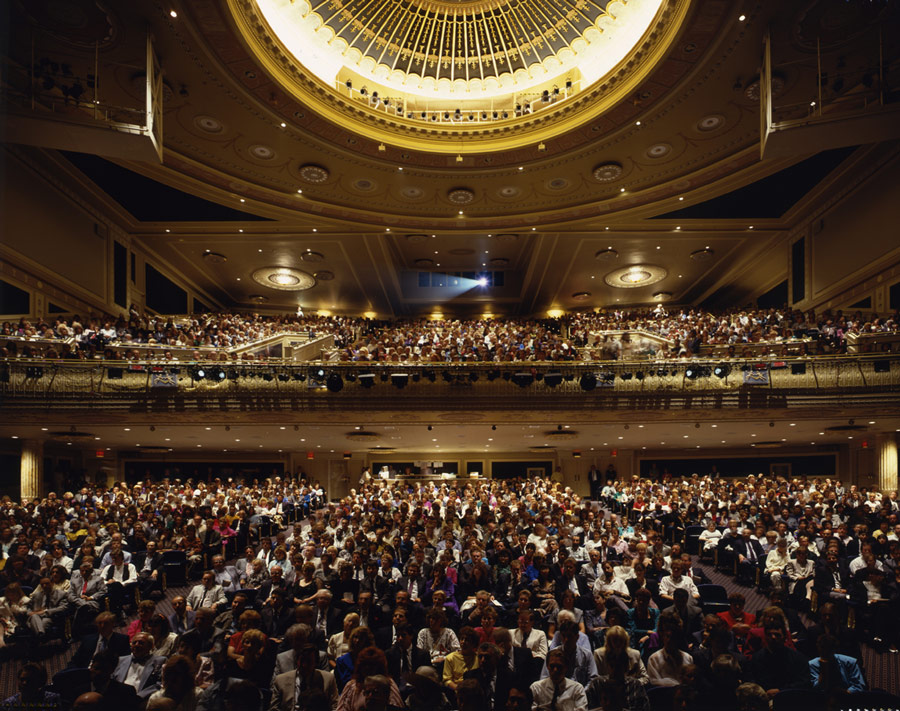
Click to see a larger image
Audience in the Pantages Theatre, Toronto, Ontario, September 13, 1989
Lenscape Incorporated fonds - Lenscape Library
F 4593-4
Creator Code: 8955
Archives of Ontario, I0055083